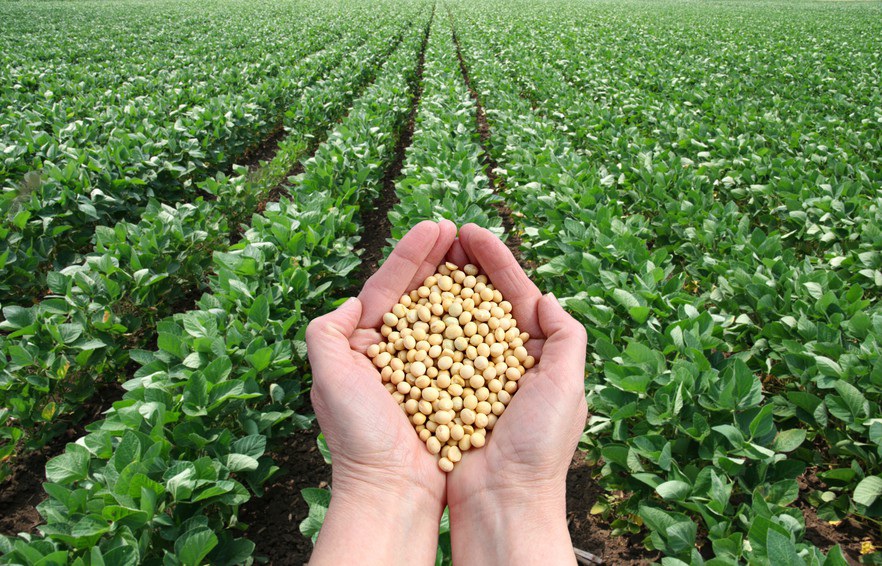Soybean market in Vietnam
Soybean market in Vietnam
In Vietnam, soybean is a food with a long and important tradition, providing the main source of protein for humans, an indispensable component of traditional and modern meals. The current Vietnamese soybean market is very diverse and rich in quality and quantity.
SOYBEAN VIETNAM
In general, Vietnam's soybean area is not stable, domestic soybean production is only enough to supply about 8-10% of the demand. According to statistics, Vietnam's soybean production in 2017 was 101.7 thousand tons on a cultivated area of 68.4 thousand hectares. In 2018, the soybean cultivation area was about 53.1 thousand hectares. The goal is that by 2020, the country's soybean area will reach about 166,000 hectares, with an output of 265,000 tons.
Soybean demand in Vietnam
Soybean grown in the country is processed into a variety of foods, from traditional to modern: tofu, soybean oil, soy milk, tofu,... In addition, soybeans are also used. make animal feed. Soybean dishes such as tofu, tofu, soy milk,... are produced and sold every day in extremely large quantities from small markets, shops to supermarkets and commercial centers. nationwide. Soybean oil is an alternative to animal fat, bringing many health benefits and safety for users.
According to AC Nielsen Vietnam: Vietnam ranks third in the world, after China and Thailand in terms of soy milk consumption with about 613 million liters per year and seventh in the world per capita with 6.8 liters. /person/year. Besides the confirmed Vinasoy brand, Vinamilk and recently Nutifood and Hoang Anh Gia Lai Group have also started processing soy milk. The increasing demand for soy milk production and use leads to a very rapid increase in the demand for soy ingredients; Soy milk alone, from 400 million liters/year in 2010 to 613 million liters/year in 2014, an increase of 53%.
t can be seen that the demand for soybean products in Vietnam is extremely large. But the planted area in Vietnam is decreasing day by day, unable to meet the needs of the whole country. Therefore, it must be imported to meet processing demand.
IMPORTED SOYBEAN
Domestic soybean production only meets about 7% of domestic demand, mainly for processing soya milk and other foods, the remaining 93% is imported, mostly for animal feed processing.
According to the General Department of Customs (GCO), in the first 10 months of 2019 Vietnam imported 1459,389 tons of soybeans with a value of 579,917,084 USD. The source of soybean imports in Vietnam is mainly from the US, Canada, Argentina, Paraguay, Uzbekistan, Cambodia, the Philippines,... I
n fact, imported soybean production is many times higher than domestic soybean. In 2012, Vietnam imported 1.29 million tons of soybeans, up 26% compared to 2011 due to increased demand for food and feed. In 2012, an estimated 45% of soybeans were imported from Brazil; 36% from the US, 9.5% from Canada, the rest from Argentina, Uruguay, China and other countries (table 4). Vietnamese soybeans imported from the US reached a record level of 46,000 tons, double that of 2011. The amount of foreign currency spent on importing soybeans in 2012 amounted to 776 million USD, up 41% compared to 2011 due to the higher price of soybeans. world increases. Soybean currently enjoys zero tax rate, so it is forecasted that in the 2012-2013 crop year, soybean imports could reach 1.45 million tons, based on the needs of two soybean oil presses and food processing plants. In the 2013-2014 crop year, soybean imports are estimated at 1.55 million tons.

